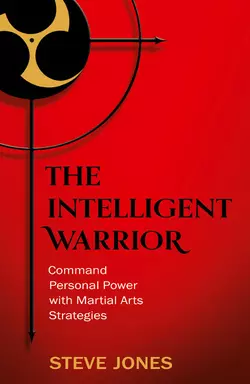The Intelligent Warrior: Command Personal Power with Martial Arts Strategies

Steve Jones
Тип: электронная книга
Жанр: Современная зарубежная литература
Язык: на английском языке
Стоимость: 1541.27 ₽
Статус: В продаже
Издательство: HarperCollins
Дата публикации: 17.04.2024
Отзывы: Пока нет Добавить отзыв
О книге: Steve Jones′ Body Mind Spirit system shows you how to excel at whatever life throws at you, from self-defence on the streets, dealing with office bully tactics or giving a speech in front of a crowd of people. Using kung fu, dynamic meditation and chi gung, this is a unique guide to achieving success, confidence and balance in modern life.The Intelligent Warrior is a unique guidebook to finding balance and success in life, teaching the reader how to cope with any situation- whether a spiritual, mental or physical challenge- that modern life can throw at you.Steve Jones has developed his own Body Mind Spirit (BMS) system, which encourages the development of all three areas in order to find the focus and balance required to achieve your goals. His system is a hybrid of kung fu, dynamic meditation and chi gung.As well as being a book for martial arts students, this book is ideal for anyone wanting to succeed in business. Steve Jones uses martial arts in the same way that Bill Phillips, Baron Baptiste and Tony Buzan use body building, yoga and mind-maps, as a tool to achieving mental and physical prowess.The Intelligent Warrior will show readers how to:• sharpen mental acuity• defeat depressive thoughts• win at work• face off aggressors• be socially confident